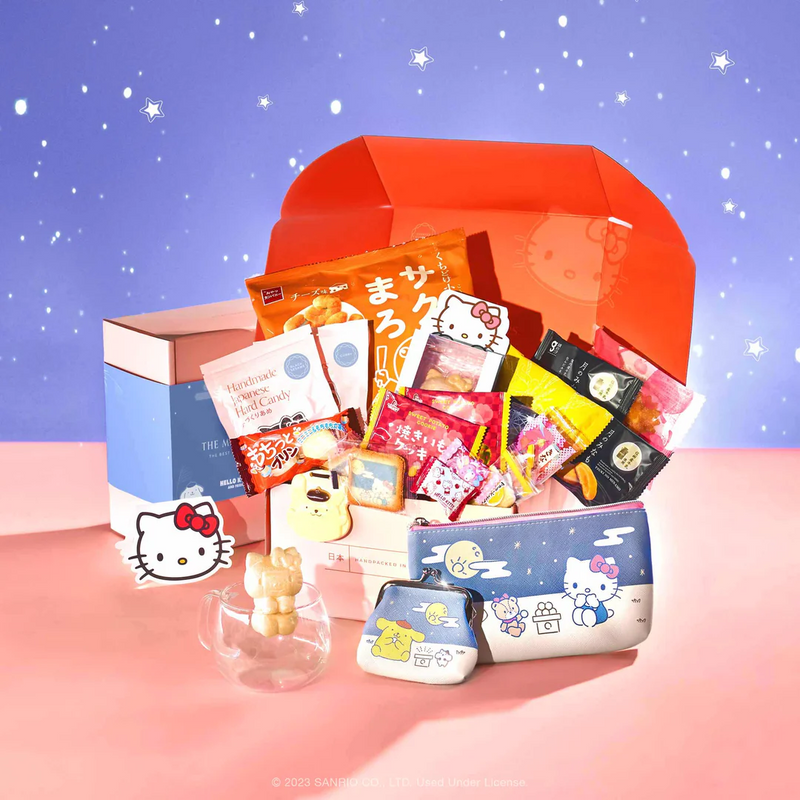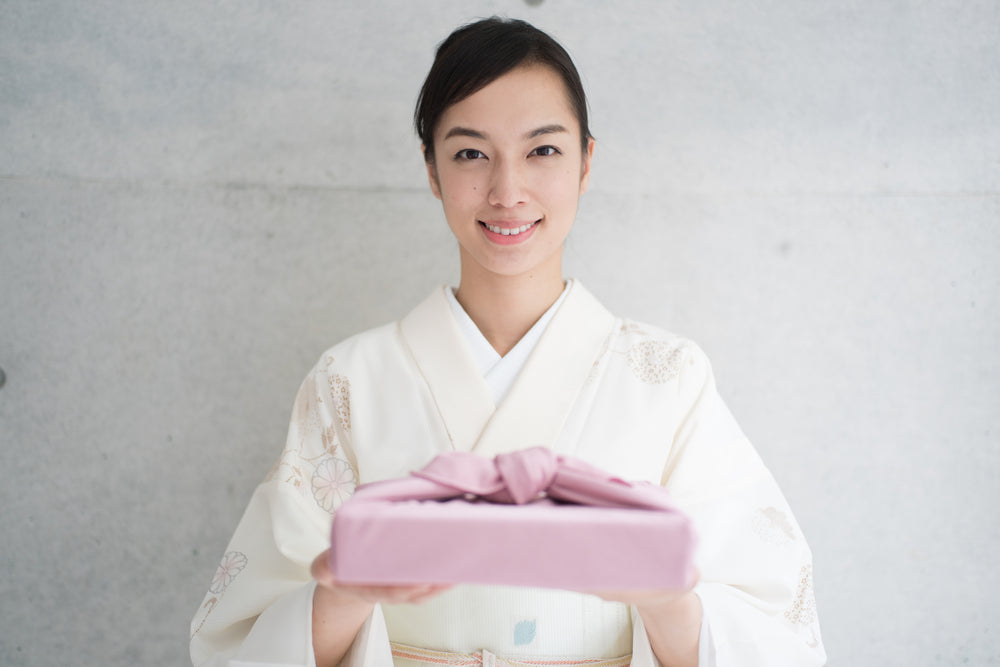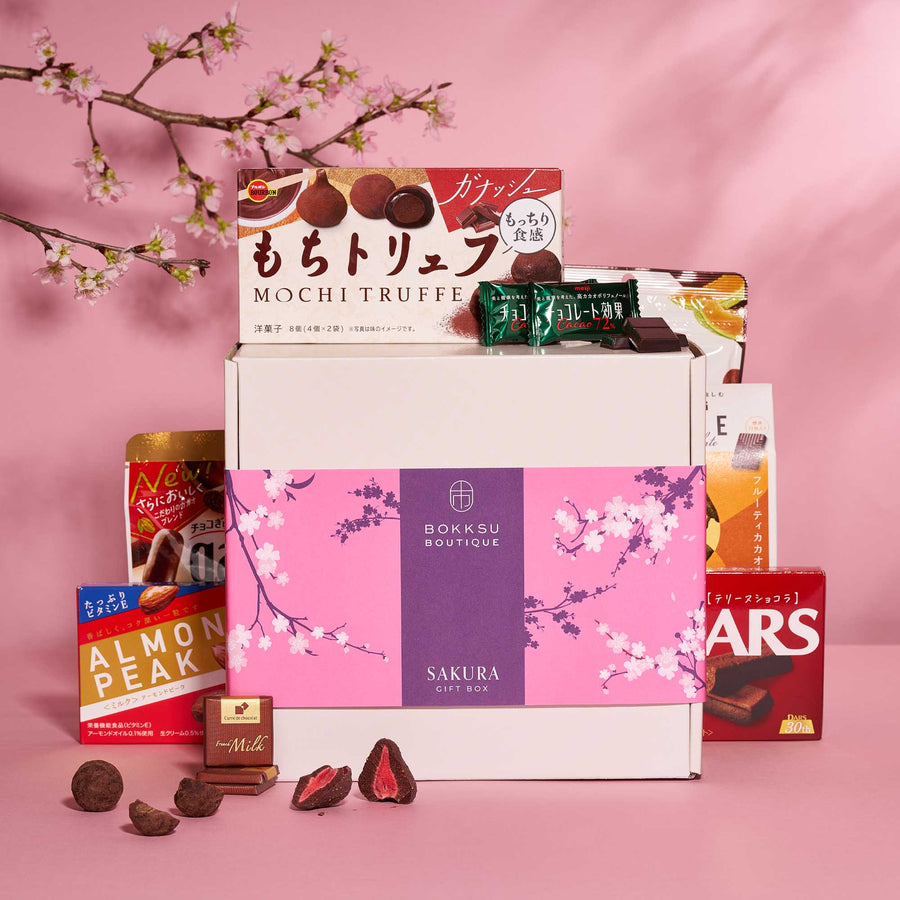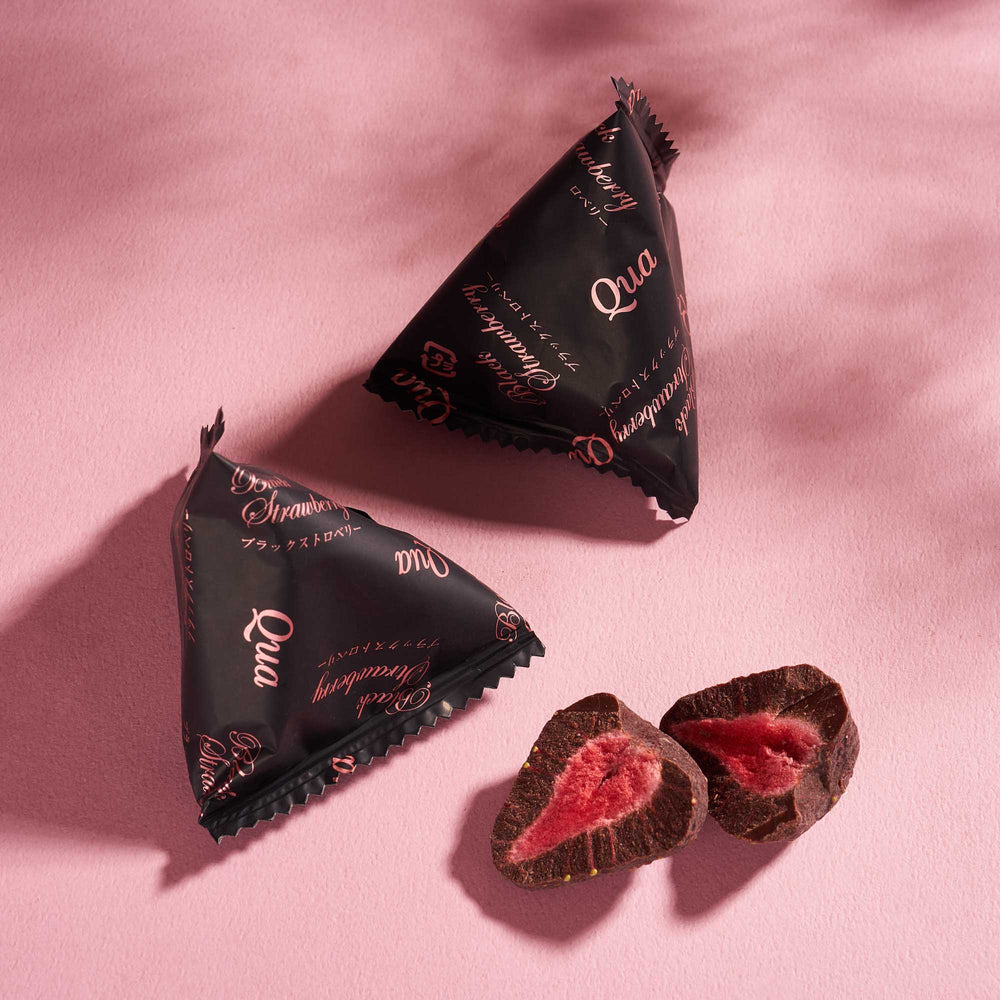All About Daifuku
Daifuku is a popular type of wagashi, or Japanese candy, that has a long history in Japan and remains a beloved Japanese treat today. More specifically, daifuku is a type of mochi that typically features a red bean paste filling. Mochi originated in Japan toward the end of the Jomon period (14,000-300 BC) through the process of steaming glutinous rice to create the stretchy and chewy texture that mochi is best known for. Over time, this process was refined and mochi became a popular type of wagashi, so naturally, bakers began to experiment with the basic recipe. This led to the creation of daifuku and other mochi varieties. During the Edo period (1603-1868), the process of making mochi was used to create what would go on to be called daifuku.

When daifuku was first invented, it was called harabuto mochi, which translates to “thick belly mochi” because of its roundness and the amount of filling used. Modern daifuku are slightly smaller than these original ones, and the name daifuku means “great luck.” This is a very fitting name now, because it is traditional to eat daifuku during many Japanese festivals in order to bring about good luck. The most notable occasion that features daifuku is the Japanese New Year celebration. Daifuku symbolizes bringing luck and good fortune into the New Year, and it has become associated with this holiday in particular along with spring festivals.
Daifuku is extremely popular in Japan, and outside of festivals, you can also find it at markets, bakeries, and specialty shops. Some varieties of daifuku are seasonal, so you may have to wait until a certain season until they are widely available. The popularity of mochi and daifuku has spread beyond Japan, and you can now find these sweet snacks in certain shops across the country as well as through online Japanese snack stores, including Bokksu.

There are many different varieties of mochi, although daifuku is unique because it uses a filling but is otherwise very similar to original mochi. The creation of daifuku led to many interesting flavor combinations and expanded the popularity of mochi throughout Japan. Some popular varieties of daifuku include ichigo daifuku, which features a whole strawberry inside along with the red bean paste filling. This delicious version of daifuku is especially popular during spring festivals in Japan. There are many other types of daifuku with varying flavors, such as ume daifuku which uses an apricot filling instead of a red bean paste filling, and shio daifuku which has a unique salty element to it.
With a long history and a large presence in modern day Japan and beyond, daifuku is a special Japanese snack. Although red bean paste is the most traditional filling for daifuku, the flavor possibilities are endless and creative minds continue to push the boundaries and come up with new and unique types of daifuku. Whether it is enjoyed during a special holiday or as an everyday treat, daifuku is truly a staple of Japanese culture.
Author Bio








 Bokksu Snack Box
Bokksu Snack Box

























